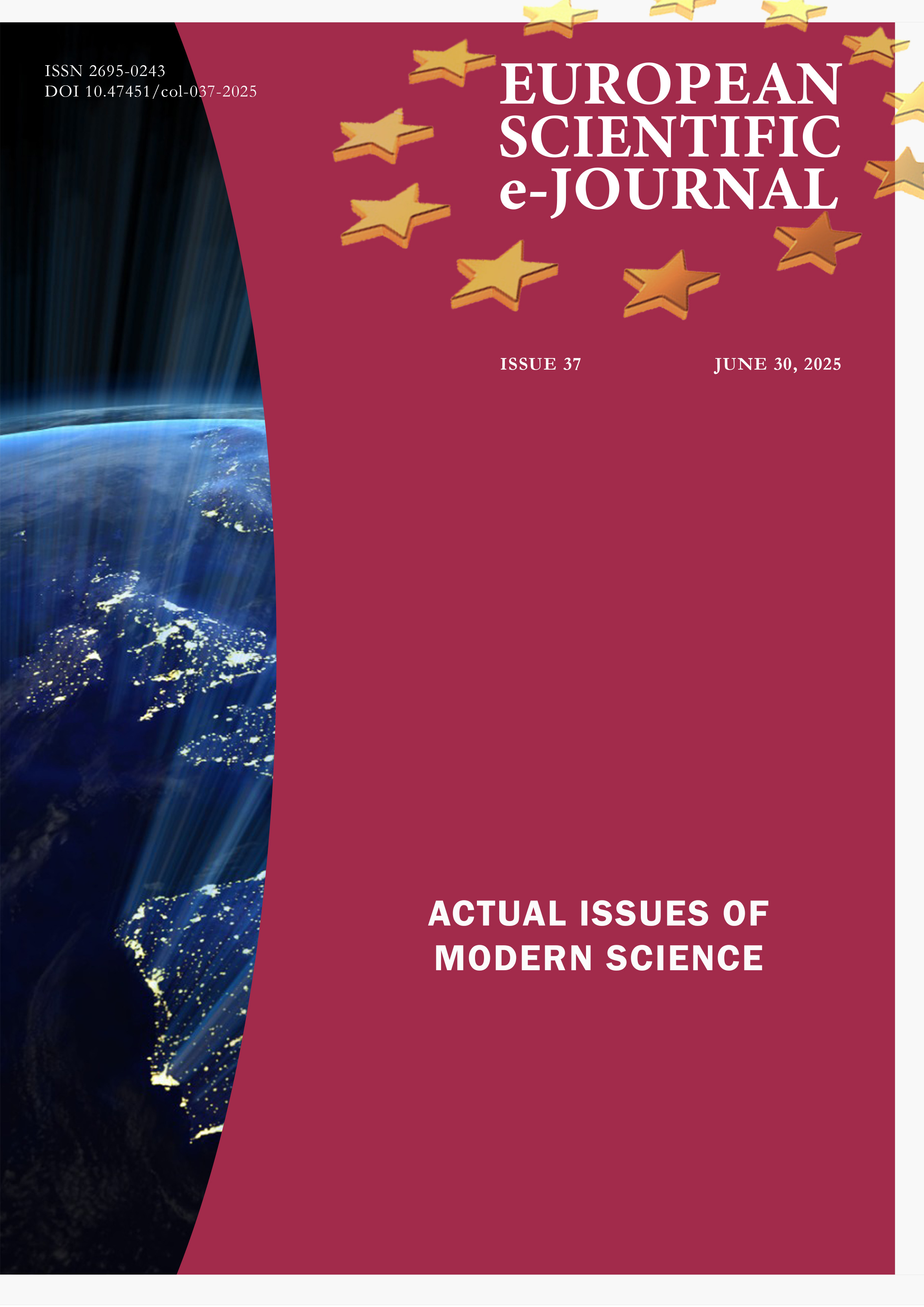Determining the Impact of Street Art on the Urban Environment
DOI:
https://doi.org/10.47451/cul2025-07-01Keywords:
mural, public art, street art, urban environmentAbstract
This study examines the role of modern urban murals in shaping urban space and their impact on the social, cultural, and aesthetic aspects of the urban environment. It is noted that the beginning of the 20th century was marked by the birth of avant-garde ideas, which were also reflected in visual art. The article presents an analysis of some modern murals as an element of the urban environment. The main functions of murals as an element of urban development are determined. Locations where the placement of modern murals is appropriate are considered. Images of the most famous modern murals are presented, serving both aesthetic and motivational purposes. The primary types of influence of modern murals on the psychological and mental state of people have been identified. Modern urban murals serve not only a decorative function but also contribute to the spiritual enrichment of society, creating meaning and shaping the unique emotional atmosphere of the city. The main trends in the development of murals are considered. It is demonstrated that murals can convey national, social, or psychological significance, stimulating reflection and engagement with citizens. Examples of iconic urban murals are given, such as the patriotic murals “Ukraine Will Win!”, Khmelnytskyi; mural “Ukrainian Soldier Sewing the Flag”, Kyiv; “Beauty Will Not Tolerate”, Rivne; “Russia Is NEVER Here”, Kherson; “Defenders of Light”, Kyiv; “Hutsulka with a Laptop – Past and Present”, Ivano-Frankivsk, Ukraine. The importance of integrating murals into the urban environment, considering aesthetic norms and modern urban design strategies, is emphasised. Key locations have been identified for placing murals that harmoniously blend with the architecture and provide emotional interaction with the space. It is concluded that urban murals are not only an essential element of art but also a tool of social communication, which contributes to the harmonisation of urban space and the creation of a unique city identity.
Downloads
References
Chernyuk, S., & Malinovska, K. (2007). Graffiti as a cultural phenomenon. Problems of the Theory and History of Architecture of Ukraine, 16, 200–207.
Efimova, A. V. (2014). Features of the implementation of current trends in art in urban spaces in Western Ukraine: Modern monumental art practices. Ukrainian Culture: Past, Present, Ways of Development, 20(1), 286–291.
Hrytsyuk, O. (2015). Socio-political graffiti of the Revolution of Dignity (based on materials from Kyiv). Ethnic History of the Peoples of Europe, 45, 130–136.
Hrytsyuk, O. (2019). Street wall painting as an object of research: Historiography and state of study. Collection of Scientific Works “Ethnic History of the Peoples of Europe”, 58, 113–117.
Ladan, T. M. (2008). Mosaic as a means of embodying post-avant-garde ideas in design and architecture. Contemporary Problems of Architecture and Urban Planning, 35–54.
Miro, I. M. (2018). Features of street art as a phenomenon of modern art. Culture and Modernity, 2, 261–266.
Shylo, O. V., & Ivashko, O. D. (2016). Monumental art and street art in modern urban space. Collection of Scientific Works, 2, 74–78.
Simonov, S. I. et al. (2022). Street art as a decoration of facades and walls of houses in Siverskodonetsk: Problems and prospects. Collection of Scientific Papers “Ukrainian Academy of Arts”, 32, 36–40. https://doi.org/10.32782/2411-3034-2022-32-4
Tyurikova, O. M., & Pogorelov, O. A. (2016). Art design in the modern design practice of Designers of the Architectural Environment (DAS). Problems of the Theory and History of Architecture of Ukraine, 16, 119–123.
Published
Issue
Section
License
Copyright (c) 2025 European Scientific e-Journal

This work is licensed under a Creative Commons Attribution 4.0 International License.
The European Scientific e-Journal (ESEJ) is an open access journal. Articles are available free of charge as PDF files on the website of the European Institute for Innovation Development. PDF files can be previewed with Acrobat Reader from www.adobe.com.
All articles of the “Tuculart Student Scientific” are published under a Creative Commons Attribution 4.0 Generic (CC BY 4.0) International license.
According to the Creative Commons Attribution 4.0 Generic (CC BY 4.0) International license, the users are free to Share — copy and redistribute the material in any medium or format for any purpose, even commercially (the licensor cannot revoke these freedoms as long as you follow the license terms).
Under the following terms:
- Attribution — You must give appropriate credit, provide a link to the license, and indicate if changes were made. You may do so in any reasonable manner, but not in any way that suggests the licensor endorses you or your use.
- No additional restrictions — You may not apply legal terms or technological measures that legally restrict others from doing anything the license permits.


